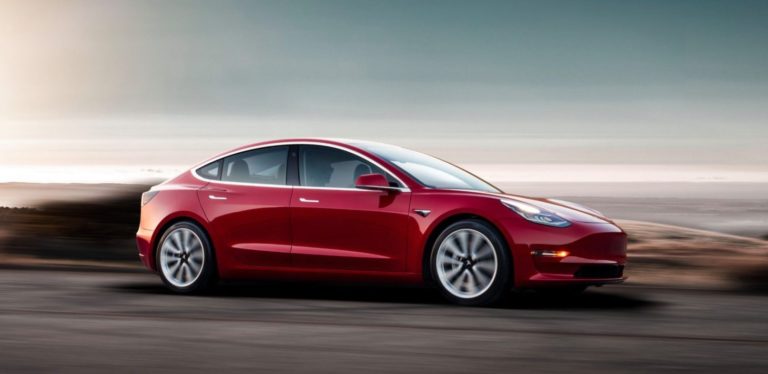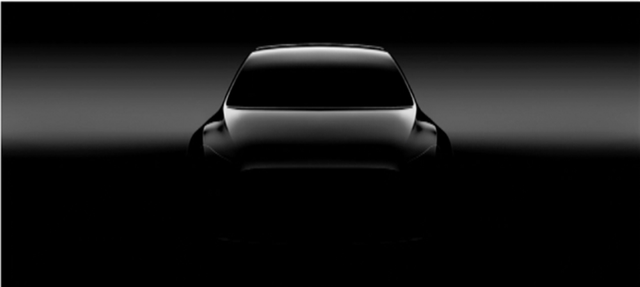What to expect from Tesla in 2018
 Every year Tesla proves that skeptics are mistaken about the position in the automotive market and in the energy sector.
Every year Tesla proves that skeptics are mistaken about the position in the automotive market and in the energy sector.
2018 will be another record year for the company, and today we'll see what we expect from Tesla this year.
Model 3
While the year 2017 was the year of the launch of model 3, 2018 will be the year when the market will really see model 3 as an electric vehicle that will bring an electric revolution.
Right now and for the next few months, model 3 is still limited, since you had to reserve it almost 2 years ago to buy a car.
We expect Tesla to reach its target of 5,000 units a week in the first half of the year and quickly reach 10,000 units a week by the end of the year.
As Tesla begins to reach these levels of production capacity in Fremont and Gigafactory 1 in Nevada, we expect Tesla to publish its plans to add new plants to the production infrastructure.
Model Y
"Tesla Model Y" is not yet an official name, but Tesla officials said this, referring to a fully electric car built on the same third-generation platform as model 3.
We do not expect that the Y model will go into production in 2018, but we expect that Tesla will introduce the car and begin accepting orders in the first half of the year.
Tesla also released the first photo for the upcoming electric car earlier this year:
Model S and model X
Model Tesla S and Model X are still strong, but over the past year they have not received many updates, as the car manufacturer was focused on model 3.
We expect this to change in 2018 with several updates. The options and Tesla's bars are constantly evolving, and we will not be surprised to see a slightly better version of both flagship cars.
I think that Tesla will try to differentiate the model S even more from the smaller model 3 with better performance and luxury. Updates on capacity, range and prices are not excluded for 2018.
Superchargers and other charging infrastructure
Tesla reported that by the end of 2018 it is planned to install 18,000 superchargers. Since today, more than 8,000 superchargers have been installed, it would be surprising for them to achieve this goal.
In addition to the growth of the network, we expect that Tesla will improve the speed of the chargers.
Several other charging networks begin installation of stations with an output power from 150 kW to 350 kW. While electric vehicles are not yet able to take these figures, the stations become future evidence, and we would like to see how Tesla goes in this direction.